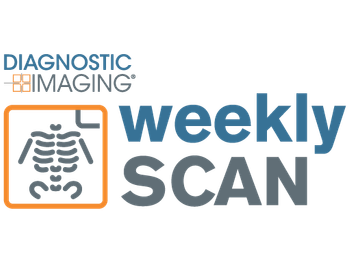
Catch up on the top radiology content of the past week.
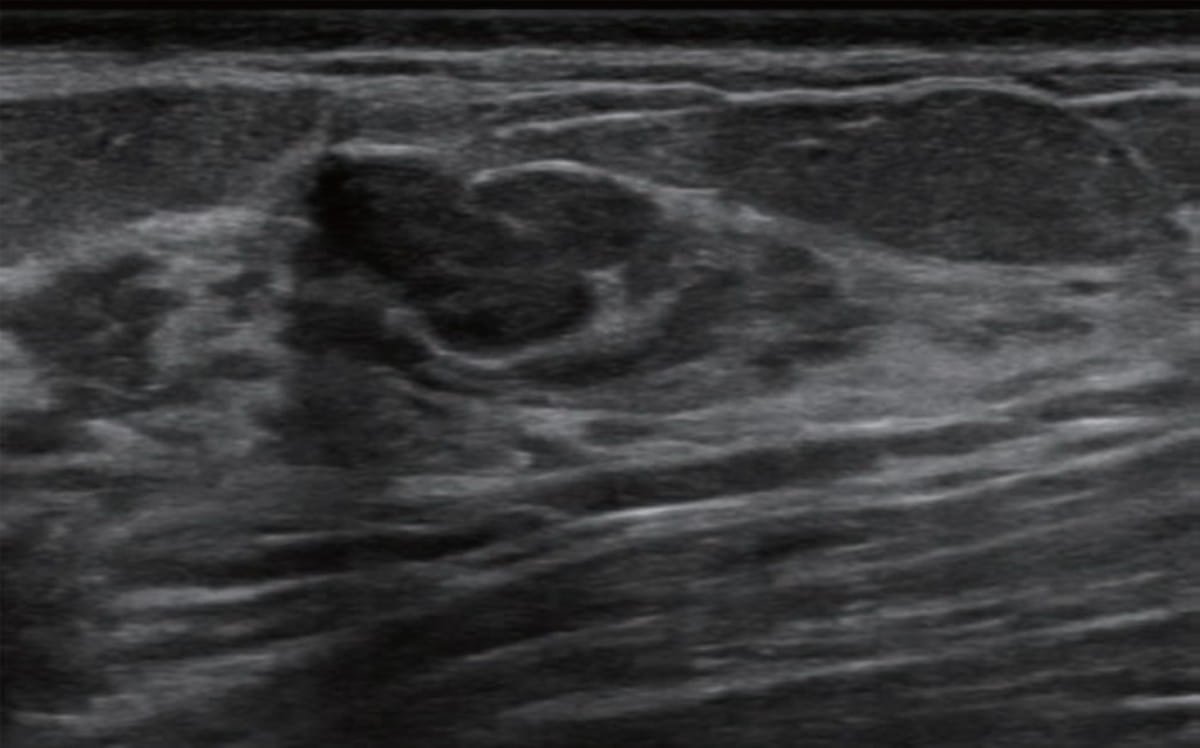
Emerging breast ultrasound research showed the use of computer-aided diagnosis (CAD), powered by deep learning, led to 24 percent and 36.9 percent improvements in accuracy and specificity, respectively, in the use of BI-RADS classifications by radiologists without breast ultrasound expertise.

Catch up on the top radiology content of the past week.

The artificial intelligence (AI)-powered EchoGo Amyloidosis can reportedly detect cardiac amyloidosis by assessing a single echocardiogram.
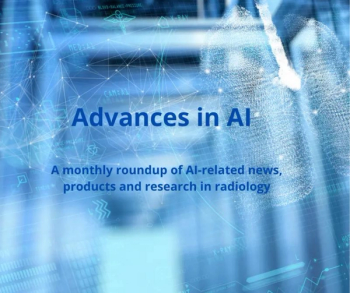
Catch up on the top AI-related news and research from the past month.
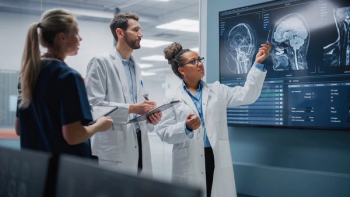
Lamenting a lack of control over imaging requests from referring clinicians, this author suggests that a more collaborative approach between referrers and radiologists may facilitate more efficient use of imaging.

Catch up on the top radiology content of the past week.
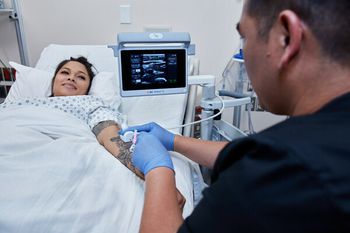
The BD Prevue™ II Peripheral Vascular Access System reportedly offers real-time needle depth markers that may reduce multiple needlestick attempts and allow easier placement of intravenous (IV) access in high-risk patients.

Catch up on the top radiology content of the past week.

Based on a review of 3,495 echocardiographic studies to evaluate left ventricular ejection fraction (LVEF), researchers found that cardiologists changed initial artificial intelligence (AI) assessment 16.8 percent of the time and initial sonographer assessment 27.2 percent of the time.
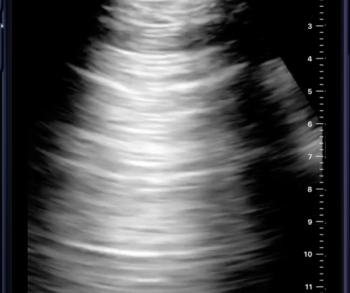
The artificial intelligence (AI) powered Auto B-line Counter, which reportedly produces a B-line count from a six-second ultrasound clip, may facilitate more expedient and consistent assessment of abnormal lung function.
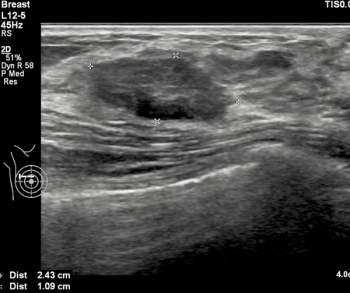
Emerging research shows the adjunctive use of automated breast ultrasound with mammography has similar sensitivity for breast cancer detection as adjunctive handheld ultrasound but may offer reduced false-positive rates in women with dense breasts.
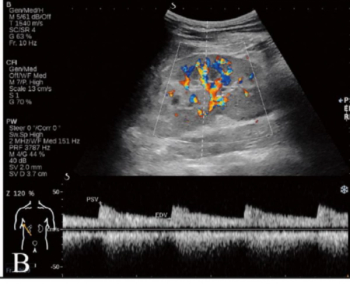
Smart-CKD, an ultrasound-derived, computer-aided diagnosis (CAD) tool, demonstrated an area under the curve of 81 percent and an 83 percent sensitivity rate in a validation cohort for differentiating between mild and moderate to severe fibrosis in patients with chronic kidney disease.
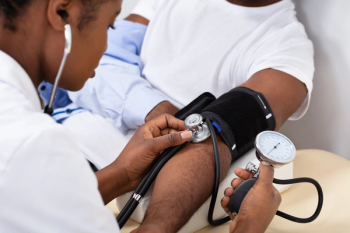
Findings from three randomized trials of ultrasound renal denervation revealed a significant reduction in daytime ambulatory systolic blood pressure in patients with varying levels of hypertension.

Catch up on the top AI-related news and research in radiology over the past month.
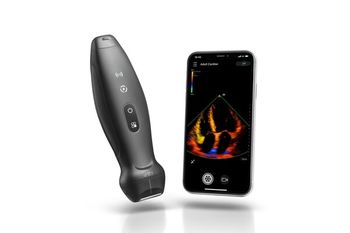
The TE Air reportedly combines enhanced point-of-care ultrasound imaging with an array of practical benefits for radiologists.

When you are asked about your occupation, how do you respond?

Catch up on the top radiology content of the past week.
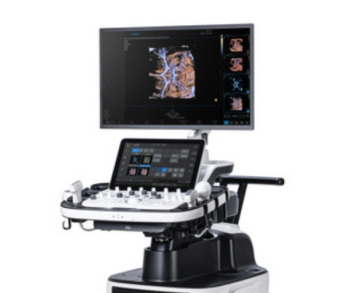
The HERA W10 Elite ultrasound platform provides enhanced visualization features and artificial intelligence (AI)-aided measurement capabilities.
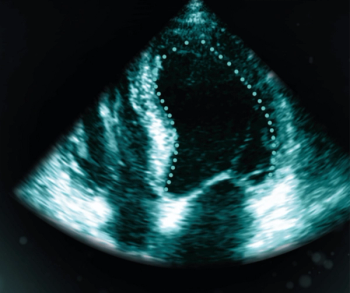
Employing an artificial intelligence (AI)-powered scoring system, LVivo IQS reportedly provides real-time assessment of the quality of cardiac ultrasound images.

Catch up on the top radiology content of the past week.

In what is reportedly the first Food and Drug Administration (FDA) 510(k) clearance for the use of artificial intelligence (AI) for musculoskeletal ultrasound, the model provides automated measurements of tendons in the knee, ankle, and foot.

Catch up on the top AI-related news and research of the past month.

Review the case study and test your knowledge to make the correct diagnosis.

Catch up on the top radiology content of the past week.
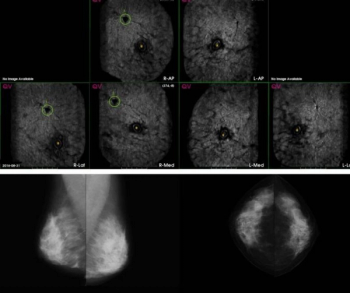
Emerging research suggests combined artificial intelligence (AI) assessment of digital mammography and automated 3D breast ultrasound provides enhanced detection of breast cancer in women with dense breasts and may be a viable alternative in areas where radiologists are scarce.

CAAS Qardia 2.0, an updated version of the CAAS Qardia echocardiography software platform, reportedly incorporates artificial intelligence (AI)-enabled workflows, and provides enhanced imaging and analysis of key cardiac measures.